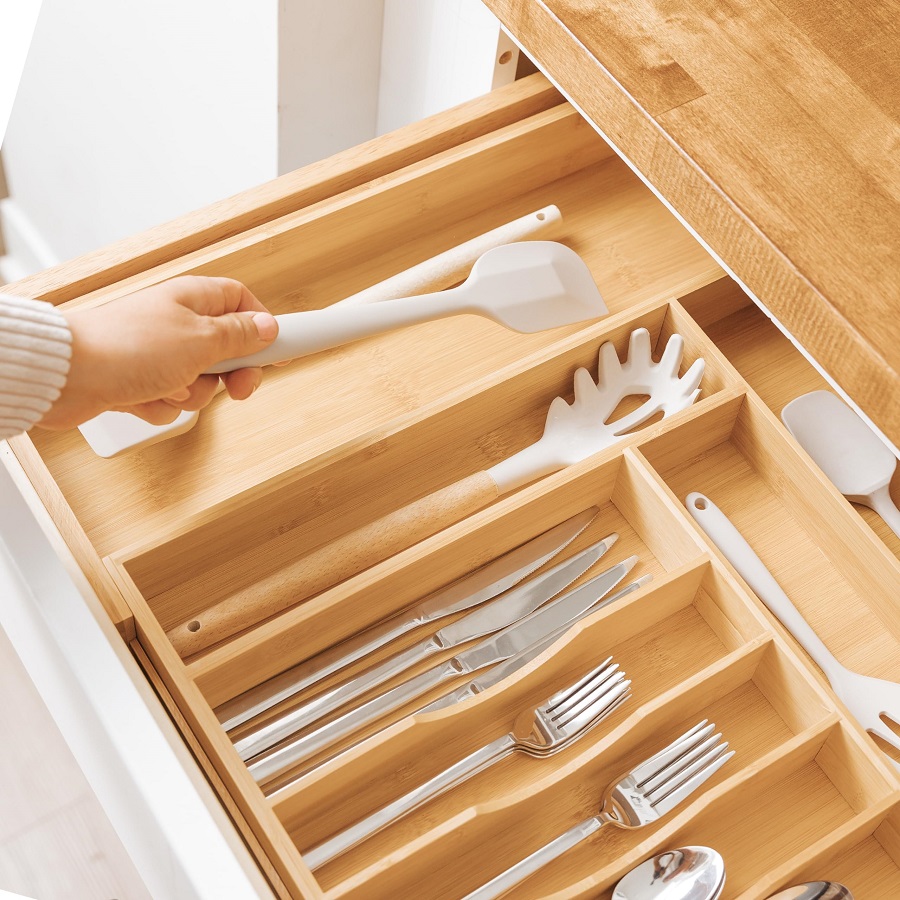 Introduction:
Introduction:
Choosing the right flooring for your kitchen is crucial as it plays a significant role in both aesthetics and functionality. The kitchen is a high-traffic area that is prone to spills, stains, and heavy foot traffic. In this comprehensive guide, we will explore various flooring options for kitchens. From durable and low-maintenance materials to factors like moisture resistance, comfort, and style, we will delve into the considerations that will help you make an informed decision when selecting the ideal flooring for your kitchen.
 Considerations for Kitchen Flooring:
Considerations for Kitchen Flooring:
Durability:
The kitchen is a busy area that requires flooring with high durability to withstand heavy foot traffic, dropped objects, and potential spills.
Moisture Resistance:
Kitchens are prone to spills and water exposure, making it essential to choose flooring that is resistant to moisture and can withstand occasional water splashes or leaks.
Ease of Maintenance:
Kitchen floors should be easy to clean and maintain, as spills and stains are inevitable.
Opting for flooring that requires minimal maintenance can save you time and effort in the long run.
Comfort:
Spending long hours in the kitchen can be tiring, so consider flooring materials that offer some level of cushioning or shock absorption for added comfort during prolonged standing.
Style and Aesthetics:
The flooring should complement the overall style and design of your kitchen, creating a cohesive and visually appealing space.
 Common Flooring Options for Kitchens:
Common Flooring Options for Kitchens:
Ceramic and Porcelain Tiles:
Ceramic and porcelain tiles are popular choices for kitchen flooring due to their durability, resistance to moisture, and ease of maintenance.
They are available in a wide range of colors, patterns, and textures, allowing for versatile design options.
Vinyl Flooring:
Vinyl flooring is an affordable and resilient option for kitchens.
It offers excellent moisture resistance, is comfortable underfoot, and comes in a variety of styles, including vinyl sheets, tiles, and luxury vinyl planks.
Laminate Flooring:
Laminate flooring is a cost-effective alternative to hardwood that replicates the look of natural wood.
It is durable, easy to clean, and offers moisture resistance with proper installation.
Engineered Hardwood Flooring:
Engineered hardwood is a popular choice for those seeking the warmth and elegance of hardwood with enhanced durability.
It is resistant to moisture and temperature changes, making it suitable for kitchens where spills are common.
Bamboo Flooring:
Bamboo flooring is an eco-friendly option known for its strength, durability, and sustainability.
It offers a unique look, is resistant to moisture, and requires minimal maintenance.
Cork Flooring:
Cork flooring is a comfortable and eco-friendly option for kitchens.
It is soft underfoot, provides natural shock absorption, and has antimicrobial properties.
Cork flooring should be properly sealed to prevent moisture damage in the kitchen.
Choosing the Right Flooring for Your Kitchen:
Assessing Your Needs:
Consider your lifestyle, the amount of foot traffic, and the level of maintenance you are willing to commit to when selecting kitchen flooring.
Budget:
Determine your budget and explore flooring options that align with your financial constraints.
Consultation and Samples:
Consult with flooring professionals and request samples to assess how different materials and styles will look in your kitchen.
This will help you visualize the end result and make an informed decision.
Installation and Maintenance:
Ensure that you understand the installation requirements and maintenance recommendations for the flooring material you choose.
 Cleaning different types of kitchen flooring:
Cleaning different types of kitchen flooring:
Proper maintenance and regular cleaning are essential for preserving the condition and longevity of kitchen flooring. Here are some tips for maintaining and cleaning different types of kitchen flooring:
Tile Flooring:
Sweep or vacuum regularly to remove dirt and debris.
Wipe spills immediately to prevent stains.
Clean with a mixture of mild detergent and warm water using a mop or soft cloth.
Avoid using abrasive cleaners or tools that can scratch the surface.
Periodically apply a tile and grout sealer to protect against stains and maintain the grout’s integrity.
Hardwood Flooring:
Sweep or vacuum regularly to remove dust and dirt.
Wipe spills immediately to prevent water damage or staining.
Clean with a damp mop using a hardwood floor cleaner recommended by the manufacturer.
Avoid excessive moisture and use mats or rugs in high-traffic areas to protect the wood.
Refinish or reseal the hardwood floor periodically to maintain its appearance and protect against wear.
Laminate Flooring:
Sweep or vacuum regularly to remove dirt and dust.
Wipe spills immediately to prevent moisture damage.
Clean with a damp cloth or mop using a laminate floor cleaner or a mixture of vinegar and water.
Avoid using excessive water or steam cleaners that can cause warping or swelling.
Use furniture pads or protectors to prevent scratching or denting the laminate surface.
Vinyl Flooring:
Sweep or vacuum regularly to remove dirt and debris.
Wipe spills immediately to prevent staining or damage.
Clean with a mixture of mild detergent and warm water using a mop or soft cloth.
Avoid using abrasive cleaners or tools that can scratch the vinyl surface.
Apply a vinyl floor polish or protective coating periodically to maintain its shine and protect against wear.
Stone or Marble Flooring:
Sweep or vacuum regularly to remove dirt and dust.
Wipe spills immediately to prevent staining or etching.
Clean with a pH-neutral stone cleaner or a mixture of mild detergent and warm water.
Avoid using acidic or abrasive cleaners that can damage the stone.
Apply a stone sealer periodically to protect against stains and maintain the stone’s integrity.
It’s important to follow the manufacturer’s recommendations and guidelines for cleaning and maintenance specific to your kitchen flooring type. Additionally, using doormats at entryways, placing protective pads under heavy furniture, and avoiding dragging heavy objects across the floor can help prevent scratches and damage.
 Conclusion:
Conclusion:
Selecting the ideal flooring for your kitchen involves considering factors such as durability, moisture resistance, ease of maintenance, comfort, and style. By exploring various options like ceramic and porcelain tiles, vinyl, laminate, engineered hardwood, bamboo, and cork flooring, you can find the best fit for your needs and preferences. Remember to evaluate your lifestyle, set a budget, consult with professionals, and assess samples before making a final decision. With the right kitchen flooring, you can create a functional, aesthetically pleasing, and durable space that enhances the overall design and functionality of your kitchen.



